We have much more to do and your continued support is needed now more than ever.
A Powerful Force for Pollinators – National Garden Clubs
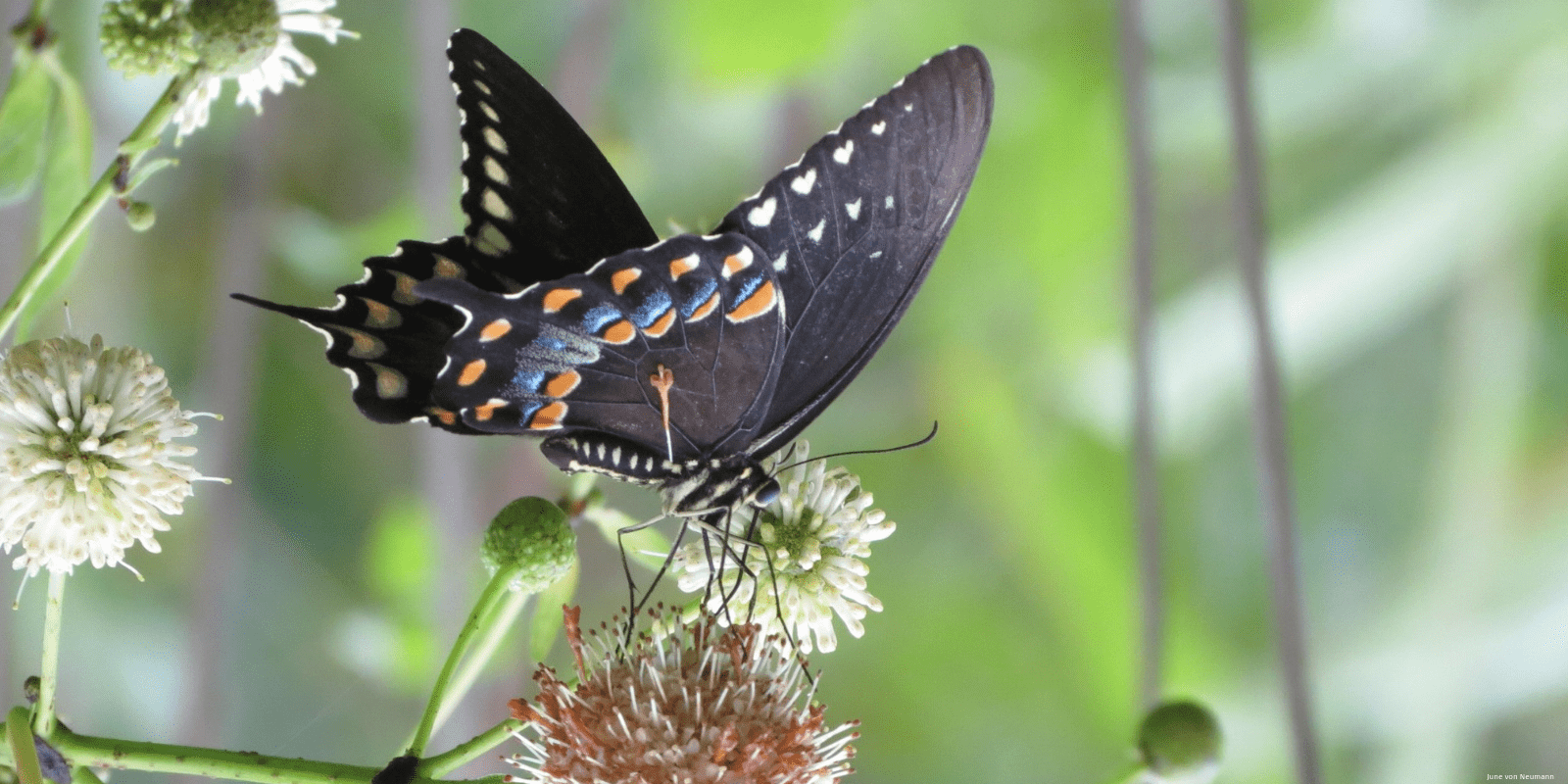

National Garden Clubs, Inc. launched its nationwide effort “Bee a Wildlife Action Hero” in 2014 which encouraged thousands of members to plant garden habitats and be recognized as National Wildlife Federation Certified Wildlife Habitats®. These habitats replenish resources for wildlife locally and along migratory corridors by providing food, water, cover, and places to raise young through sustainable practices.
This past fall, garden members shared the results of their work in first annual Garden for Wildlife Photo Contest. Five of the state honorable mentions were from garden club members in Idaho, Maryland, New Jersey, South Dakota and Texas! So, it was only natural for The National Wildlife Federation to invite National Garden Clubs, Inc., to become an inaugural partner in the launch of the National Pollinator Garden Network and Million Pollinator Garden Challenge (MPGC) in 2015.
“The Million Pollinator Garden Challenge fit perfectly with the educational missions of our organization and gave our projects a new sense of relevance, urgency and significance,” states Nancy Hargrove, President, of National Garden Clubs, Inc., “our members have taken this project personally by adding nectar and host plants for pollinators to their own gardens and to their community gardens, as well as planting new gardens at local schools and in public gardens throughout their communities.”
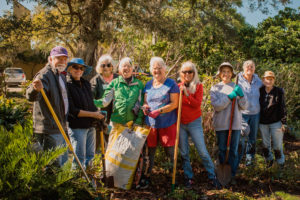
As referenced in 2019 MPGC Report, close to 200,000 members marshaled each of its 5000 chapters to plant for pollinators at public spaces, schools, and some created innovative partnerships with garden centers. In addition, its Plant America Community Grants Project supported a large majority of new pollinator gardens. Coast to coast, this formidable network provided a leadership role in to educate the public through educational displays, plantings in public spaces and persuading partners to join in.
Across the West
- The Sedona Area Garden Club (SAGC) enthusiastically adopted the
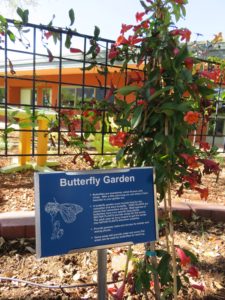
Credit: Sedona Garden Club MPGC for the past two years. Every member registered her backyard garden or container garden on the map. Plus the garden club re-adopted a space at a local school to rehabilitate into the Big Park Community Butterfly Garden. SAGC was the recipient of the Arizona Federated Garden Club’s 2017 President’s Project Award for the Million Pollinator Garden Challenge which helped to fund the restoration. SAGC Members spent over 200 volunteer hours in weeding, pruning, planting, replacing trellis, repairing irrigation, refinishing furniture and building a raised garden bed. It was a beautiful success for which the community has vocalized great appreciation. Members spend one or two mornings a month maintaining the garden.
- MPGC motivated the Southern California Garden Club (SCGC) to enhance its Pollinator Garden. Established in 2010 in collaboration with the City of Los Angeles Recreation and Parks Department, U.S. Army Corp of Engineers, and members of SCGC, the group researched and added native plants to support native bees and monarch butterflies. The SCGC also
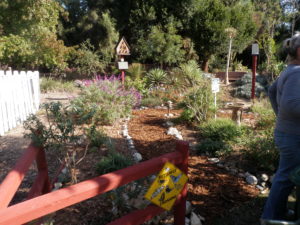
Credit: Southern California Garden Club worked the Theodore Payne Foundation and California Native Plant Society regarding plant selection, observation location for native insects and animals to teach youth about native plants and pollinators.
- Oregon State Garden Clubs’ President committed to Pollinator Garden in Public Spaces Special Project 2017-2019. The state chapter developed a special promotion with the Oregon Roadside Council to help clubs develop pollinator gardens using their list of 25 plants that are known to attract pollinators and organized across four seasons. An Oregon garden club can be reimbursed $10 per plant, up to $40 total, if they buy a plant for each season.
The Mid Atlantic: Empowering and Educating
- In Garrett County, Maryland, the Mountain Laurel Garden Club’s Conservation Committee created a new meadow with students at the Northern Garrett High School. Native plants were chosen by their blooming time, where most would bloom in early to late spring, early summer and then late summer into fall—a time when students could witness the ever changing seasonal beauty. The club received an NGC Youth Pollinator Gardens Grant and received two awards from the Federated Garden Clubs of Maryland, Inc. for this outstanding project.
-
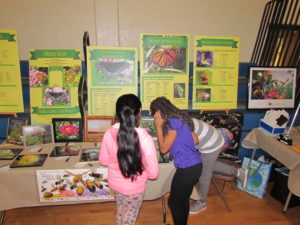
Credit: Jeannie Geremia The New Jersey Garden Club exemplifies the many clubs who provided information to garden centers, fairs and symposiums. New Jersey members created educational signs and materials for garden centers to host “Pollinator Center” displays. The club also led a successful campaign to designate the Black Swallowtail as the state butterfly in 2016.
Mid West
- Garden Club members in Delvan Lake, WI, created this beautiful The Pollinator’s Palette , a 4000 square foot, mostly “native” garden currently there are over 150 species, including trees, shrubs, vines, grasses and flowering perennials.
- Another lakeside community, Lake Cable near Canton, Ohio. Garden club members designed a 24’ x 32’ pollinator garden funded by the community’s Board of Trustees. “What started out as a desire to save the bees turned into a passion for flowers, native plants and botany. “
This is just a snapshot of the thousands of projects the chapters, clubs and members of National Garden Clubs, Inc. are committed to on behalf of pollinators. Their contribution was key a part of the The National Pollinator Garden Network and helped exceed the goals of the Million Pollinator Garden Challenge.






















